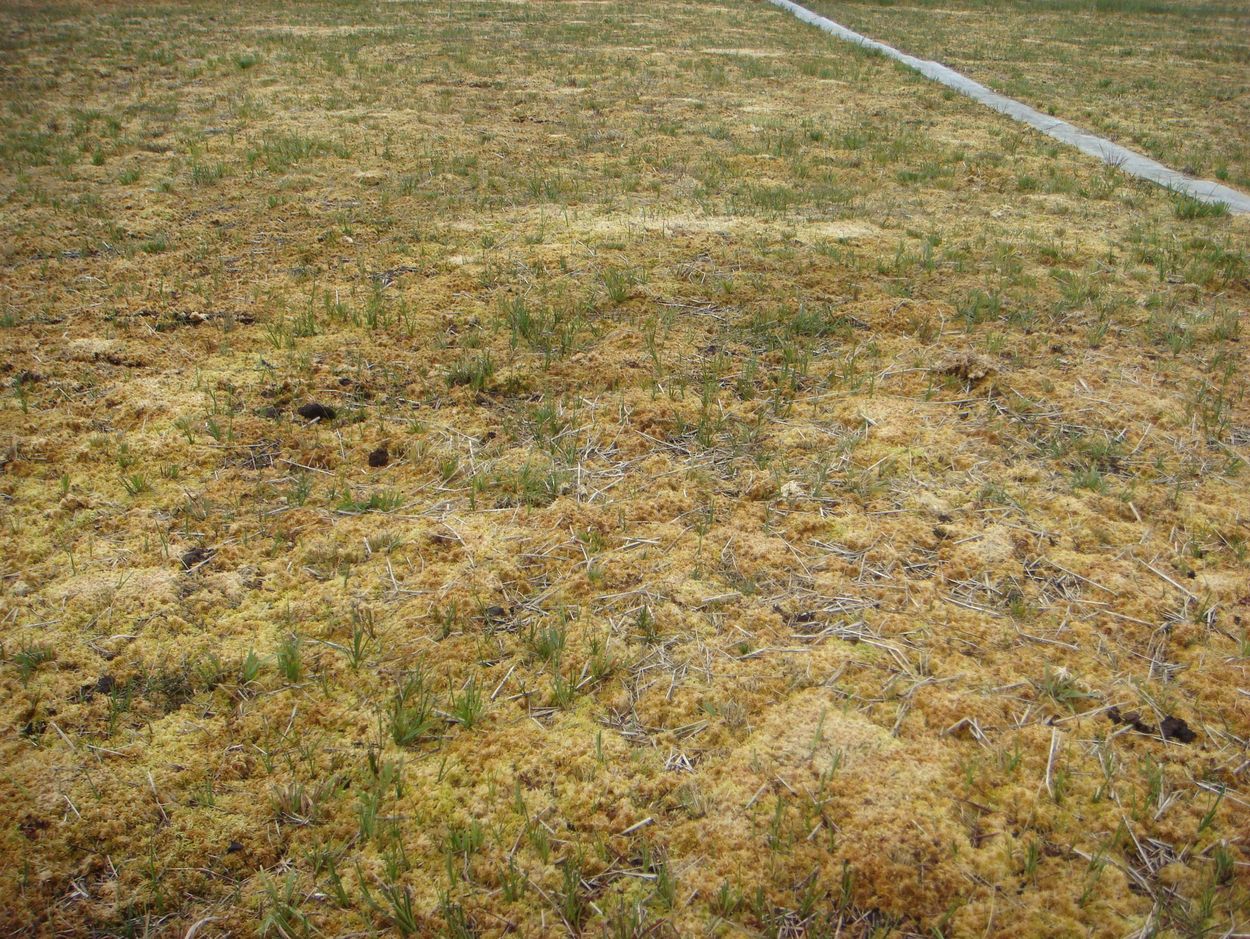By using process-based modelling, we investigated most relevant (i.e., most sensitive) plant and soil physiological traits which determine CO2 exchange of a near-natural temperate bog and whether its relevance is impacted by seasonality or vegetation composition.
We calibrated the model to measured water tables, peat temperatures and CO2 fluxes and conducted sensitivity analyses including standardized boundaries (± 30% of calibrated parameter values), extended boundaries by literature and simulated vascular plant encroachment (increased leaf area index and decreased moss biomass).
We found highly variable intra-annual importance of plant traits but only a partial shift during encroachment. Dominating parameters determining CO2 balance were the mosses maximum velocity of carboxylation, decisive for photosynthetic activity, and base peat respiration rate as well as its temperature sensitivity (Q10 value). The ranking was robust even under extended boundary conditions of the sensitivity analysis.

![[Translate to English:] [Translate to English:]](/media/_processed_/6/4/csm_titel_CO2Kampagne8_afeea2273e.png)
![[Translate to English:] [Translate to English:]](/media/_processed_/4/1/csm_titel_93px_CO2Kampagne8_9b0f3354d4.png)






